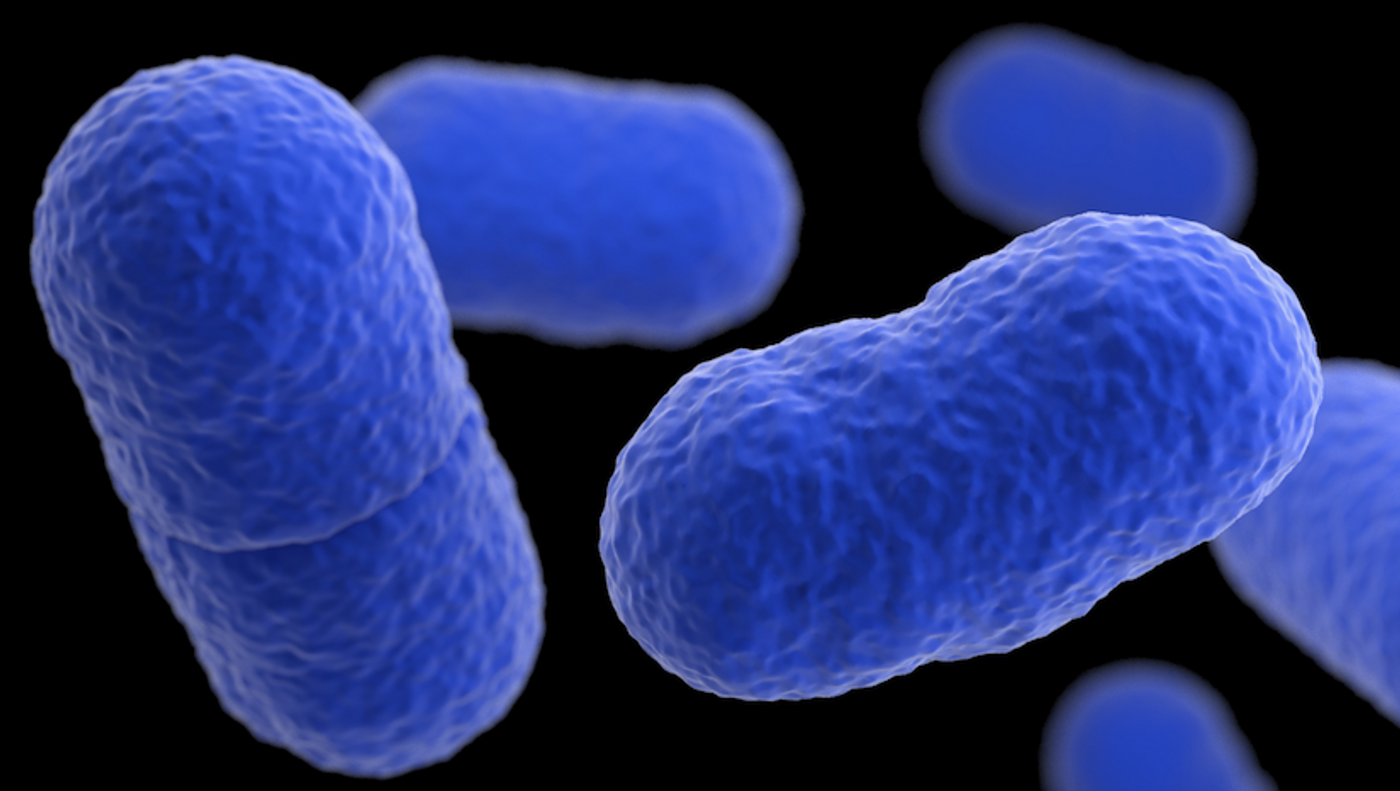A Deeper Understanding of How Some Bacterial Toxins Interact With Cells
The surfaces of cells are decorated with receptors, and the interactions between receptors and their binding partners are involved in a huge variety of pathways and processes. Some pathogenic bacteria produce toxins that can bind to receptors on the surface of host cells, which can enable them to enter the cell or cause the host cells to break open and die. Researchers have now learned more about how a particular class of bacterial toxins uses sugars on the surface of host cells. The findings have been reported in Science Advances.
Bacterial pathogens including group A Streptococcus, which causes invasive group A Strep disease, Streptococcus pneumoniae, which causes pneumonia, and Listeria monocytogenes, which causes listeriosis, all produce cholesterol-dependent cytolysins (CDCs). These bacterial toxins can form pores in cell membranes, destroying the cell. The mechanism of this pore formation has been well-understood, and it was thought that the CDCs use cholesterol as their binding partner. This study has identified a type of sugar called glycans as a previously unknown part of the CDC binding process.
“Our research has shown that it is actually specific sugars on the cell surface which are the binding targets for these toxins. We have also identified the part of the toxin responsible for sugar-binding," said lead researcher Dr. Lucy Shewell “Understanding to which sugars these toxins bind gives us greater insight into which cells they damage and can allow us to develop therapeutics to block their harmful action.”
In this study, the researchers were also able to prevent cell damage by stopping the toxins from binding to the receptors. They only had to add competing sugary binding partners to link up with the CDCs.
“By adding sugars in solution with the toxins, the toxins are effectively mopped up before they do any damage to the red blood cells," explained Shewell. “The CDCs still need cholesterol in the membrane to allow them to form the final pore, but they need to bind to the sugars to recognize the cells they kill."
“This research provides new information that will guide [the] development of small molecule drugs and new vaccines that target these toxins," said the corresponding author of the study, Professor Michael Jennings.
Listeria monocytogenes secretes a CDC called listeriolysin O, and the video below shows how the bacterium interacts with cells.
The Streptococcus pneumoniae bacterium releases a CDC called pneumolysin, and the video below illustrates how the pathogen affects the body.
Sources: Phys.org via Griffith University, Science Advances









